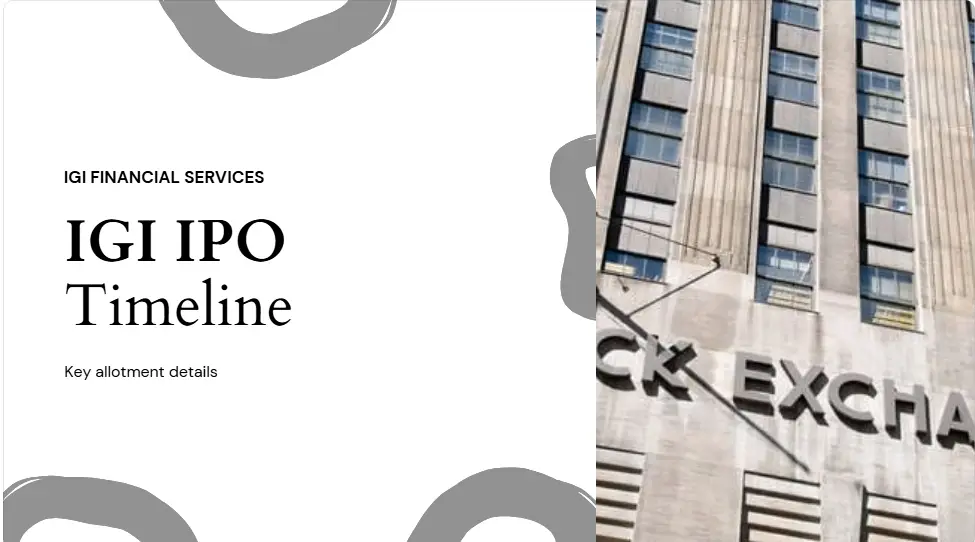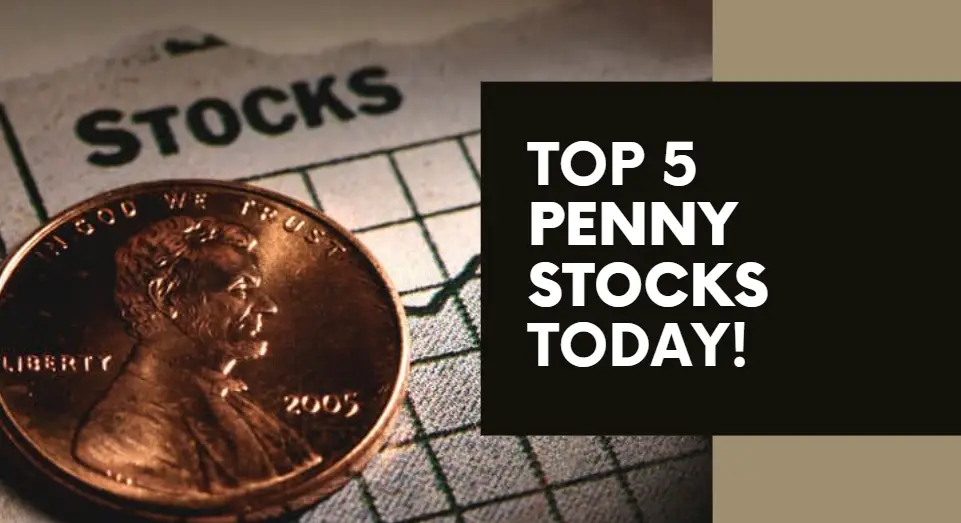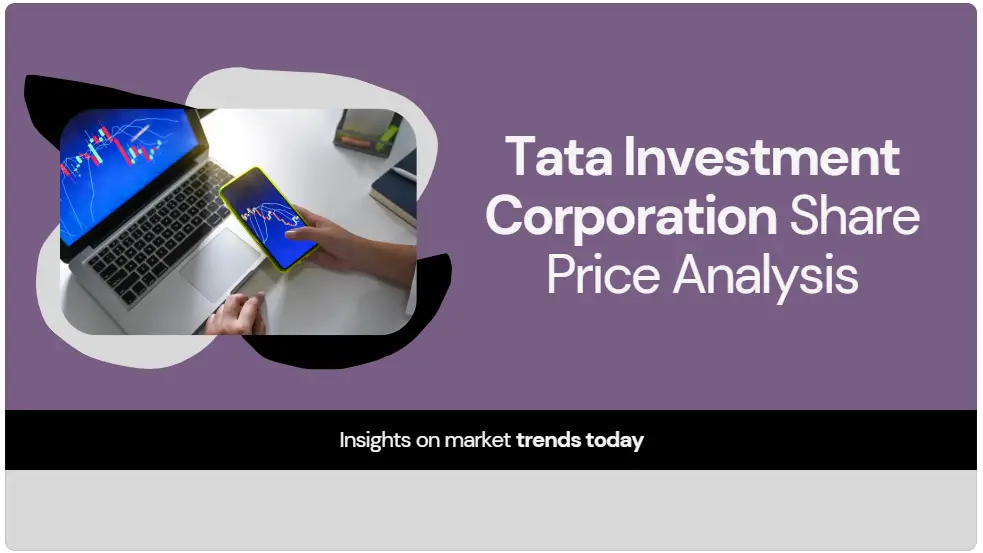Introduction: The Investment Opportunity You Can’t Ignore
One of the most reputable private sector banks in India, ICICI Bank often attracts investors seeking steady development, solid fundamentals, and long-term capital accumulation. But is now a good moment to make an investment?
The Price-to-Earnings (PE) Ratio is a crucial metric that every astute investor considers before purchasing stocks. However, what can we learn from ICICI Bank’s PE ratio? Does it indicate a possible risk or a fantastic opportunity to buy?
In this detailed guide, we’ll break down ICICI Bank’s PE ratio, compare it with competitors, and analyze expert opinions so you can make an informed investment decision. Plus, we’ll explore historical performance, market trends, and smart investment strategies for maximizing returns.
🚀 Investing isn’t just about numbers—it’s about strategy. Let’s decode the data together.
Understanding the PE Ratio: A Must-Know for Every Investor
What is the PE Ratio?
- Price-to-Earnings (PE) ratio is the amount of money which is willing to be paid per rupee of profit. It is calculated by:
- PE Ratio = Market Price per Share / Earnings per Share (EPS)
- For instance, if the stocks of ICICI Bank are trading at ₹1,250 and its EPS is ₹71.19, then its PE ratio would be 17.56.
Types of PE Ratios and Why They Matter
- Trailing PE: On the basis of last 12 months’ profit.
- Forward PE: It is based on projected earnings and sees future potential.
- Shiller PE: Adjusted for inflation over ten years (ideal for long-term investors).
- Sector-Adjusted PE: It compares the company’s PE with the sector average (critical for banks).
Why is the PE Ratio significant to you?
- Valuation Check: Assists in identifying whether a stock is undervalued or overvalued.
- Market Sentiment Gauge: High PE is indicative of high confidence by investors, while low PE is indicative of uncertainty or undervaluation.
- Peer Comparison Tool: Best for comparing industry peers with each other to determine the best investment.
ICICI Bank PE Ratio Analysis (2018-2025)
| Year | Stock Price (₹) | EPS (₹) | PE Ratio | Historical Trend | Growth Comparison |
|---|---|---|---|---|---|
| 2025 | 1,250 | 71.19 | 17.56 |
|
|
| 2024 | 1,048 | 69.87 | 18.0 |
|
|
| 2023 | 995 | 63.02 | 19.2 |
|
|
| 2022 | 950 | 48.74 | 22.8 |
|
|
| 2021 | 900 | 36.14 | 27.3 |
|
|
| 2020 | 850 | 28.97 | 29.3 |
|
|
| 2019 | 800 | 22.14 | 36.1 |
|
|
| 2018 | 750 | 15.90 | 47.2 |
|
|
Key Observations
- ▼ 63% PE Ratio Decline (47.2x → 17.56x) Since 2018
- ↗ 348% EPS Growth vs 67% Price Appreciation
- ⚠️ 2018-2019 PE Spikes Indicate Market Speculation
Comparing ICICI Bank PE Ratio with Peers
Indian Banking Sector Valuation Analysis
| Bank | Stock Price (₹) | PE Ratio | Valuation Trend |
|---|---|---|---|
| HDFC Bank | 1,706.60 |
|
▲ Moderate
|
| ICICI Bank | 1,250.05 |
|
▲ Moderate
|
| Kotak Bank | 1,985.10 |
|
▲ High
|
| Axis Bank | 1,010.20 |
|
↗ Growing
|
| Yes Bank | 16.19 |
|
⚠️ High Risk
|
| SBI | 630.40 |
|
↗ Growing
|
| IndusInd Bank | 1,220.50 |
|
↗ Growing
|
| Federal Bank | 160.30 |
|
▼ Undervalued
|
| IDFC First Bank | 75.80 |
|
↗ Growing
|
| Bank of Baroda | 207.50 |
|
▼ Undervalued
|
| Punjab National Bank | 75.60 |
|
▼ Undervalued
|
Interpretation
- ICICI Bank’s PE ratio of 17.56 is a shade lower than HDFC Bank’s 18.77, indicating an equal valuation.
- The PE ratio of Kotak Mahindra Bank at 20.07 is higher than that of ICICI Bank.
- Axis Bank, with a PE of 11.10, is very undervalued, although this may be due to lower investor confidence or lower profitability.
- Yes Bank has the highest PE of 23.40, which may suggest overvaluation or high hopes of recovery.
- State-owned banks like SBI (12.98) and Bank of Baroda (10.45) have lower PE ratios because they are expected to grow less.
- Federal Bank (9.75) and Punjab National Bank (8.90) are low PE ratio stocks, and it may suggest they are undervalued, or investors have low expectations.
Industry PE Ratio Benchmark
- The average PE ratio for private sector banks in India hovers around 15-20.
- The ownership structure of public sector banks alongside government’s reduced profitability expectations leads to lower PE ratios which fall between 8-13.
- ICICI Bank’s PE ratio of 17.56 remains within the industrial benchmark which indicates that it offers students an interesting investment opportunity.
ICICI Bank PE Ratio Analysis
Factors Influencing the Current PE Ratio:
Financial Performance:
- Net Profit (Q3 2025): ₹12,883 crore
- EPS: ₹18.26
- Net Interest Margin (NIM): 4.57%
- Return on Equity (ROE): 18.8%
Growth Drivers:
- Expansion in digital banking and retail loans.
- Strong loan book growth (16.32% YoY).
- Declining Gross NPA (2.3%) and Net NPA (0.44%).
Risks
- Potential interest rate hikes.
- The changes in lending regulations for NBFCs continue to affect the industry.
- Competition from fintech firms.
- The worldwide banking system instability creates risks to bank liquidity.
Does the PE Ratio of ICICI Bank hold sufficient validation?
What a High or Low PE Ratio Suggests
- High PE (>20): Overvaluation or high growth expectations.
- Low PE (<15): Undervaluation or weak growth prospects.
- ICICI Bank’s Price-Earnings ratio of 17.56 reflects appropriately because it stems from reliable earnings development alongside robust financial operations.
Expert Opinions
- The investment potential of ICICI Bank stems from its digital changes coupled with loan expansion according to Motilal Oswal.
- The present market value appears appealing to Axis Securities analysts who estimate the stock should reach ₹1,500.
- Morgan Stanley believes the profitability of ICICI Bank will enhance over the coming five years.
How to Use PE Ratio for Investment Decisions
PE Ratio in Context:
- When evaluating ICICI Bank for investment you should consider Return on Equity (ROE) Return on Assets (ROA) along with Price-to-Book (PB) Ratio.
- PE ratios of private banks typically exceed PE ratios for public sector banks in the market.
- Investigate past data patterns for periodic business patterns.
Other Key Investment Factors:
- Management Quality: Strong leadership team and governance.
- Interest rates in the market directly impact loan expenses as well as enterprise profitability levels.
- Organizations must consider GDP growth and inflation measurements because these indicators determine borrowing requirements from customers.
- The dividend yield represents an additional value for investors who focus on receiving income from their investments.
Conclusion
A PE ratio of 17.56 indicates ICICI Bank’s stock is moderately priced because of its robust earnings alongside improving debts and progress in digital financial services. The company supports a strong foundation despite potential threats from competition and economic elements.
Check additional financial ratios together with market situations before making any investment decision. You must seek financial advisory for all investment choices before proceeding.







Pingback: Nifty Smallcap 250 PE Ratio: Unlock Investment Secrets!
Pingback: Ford PE Ratio Deep Dive: Undervalued Gem or Value Trap?